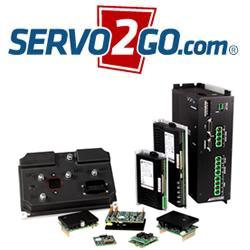Lumenlab's micRo-CNC
Using robots for packaging, sorting and labeling.
Automating Distribution
Using The Open Source Micro Controller Arduino In Design
Robofold: Using Robotics And Generative Software To Bend Sheet Metal!
European Garment Industry Research Project "Leapfrog IP"
Obama Pushes High Tech Partnership to Fix Manufacturing Woes
U.S. Military To Keep Robotic Edge in Face of $400 Billion Cuts
Kinect Hackers Are Changing the Future of Robotics
American Robot James and German Robot Rosie Hook Up, Make Bavarian Sausage Breakfast Together
Open Source Robotics for the Home
Intel Invests into Development of Humanoid Robots.
Silicon Valley Startup Raises $22 million For Solar-Powered, Ocean-Going Robots
Dr. Mark W. Spong Receives Pioneer in Robotics and Automation Award
MIT Wants Robot Servants to Flexibly Juggle Chores
Records 1546 to 1560 of 1562
First | Previous | Next | Last
Featured Product

